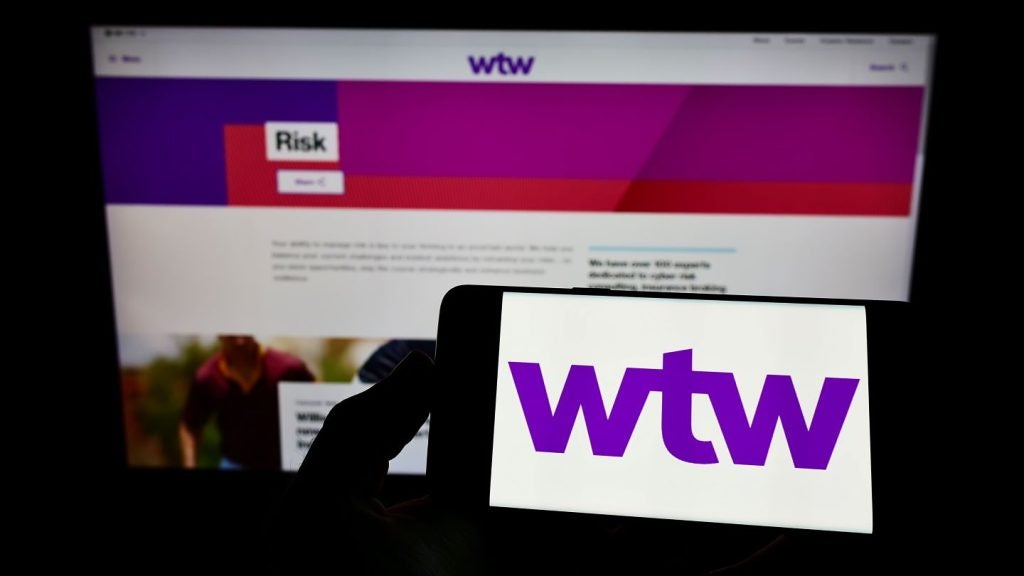
US banking regulators have temporarily eased a key capital measure for large banks to allow them to grant more loans to distressed businesses and consumers.
The Federal Deposit Insurance Corp. (FDIC) and the Office of the Comptroller of the Currency (OCC) have temporarily softened the supplementary leverage ratio rule to help banks do more lending during the pandemic.

Access deeper industry intelligence
Experience unmatched clarity with a single platform that combines unique data, AI, and human expertise.
The supplemental leverage ratio, which was enacted as an extra safety measure during the 2007-2008 financial crisis, directs larger banks to hold more capital against their assets.
The regulators said the change would allow banks to expand their balance sheets to continue lending to customers and businesses feeling the economic effects from the pandemic.
A $55bn slack
“The adjustment will support the ability of [insured depository institutions] to accommodate customer deposit inflows and serve as financial intermediaries in the U.S. Treasury market without incentivising taking on additional risk,” said FDIC Chair Jelena McWilliams.
The regulators estimate that the interim rule would relax bank capital requirements by as much as $55bn. However, this figure assumes that all 44 depository institutions subject to the supplementary leverage ratio would opt in.

US Tariffs are shifting - will you react or anticipate?
Don’t let policy changes catch you off guard. Stay proactive with real-time data and expert analysis.
By GlobalDataThe temporary rule change will be effective once it is published in the Federal Register and will remain in effect until March 31, 2021.
The agencies will be accepting feedback on the rule change for 45 days after it goes into effect.
Steps to keep money flowing
Since the beginning of the unprecedented coronavirus crisis, US regulators have been pressuring banks to step up their lending to households and businesses affected by the pandemic.
In March, the Fed said that banks “have built up substantial levels of capital and liquidity in excess of regulatory minimums and buffers.”
Banks were urged to draw down on stockpiles of capital and easily salable assets such as Treasury bills.
Meanwhile, the central bank has cut its benchmark interest rate to near zero. It has also taken steps designed to prevent market disruptions and keep money flowing through the financial system.







